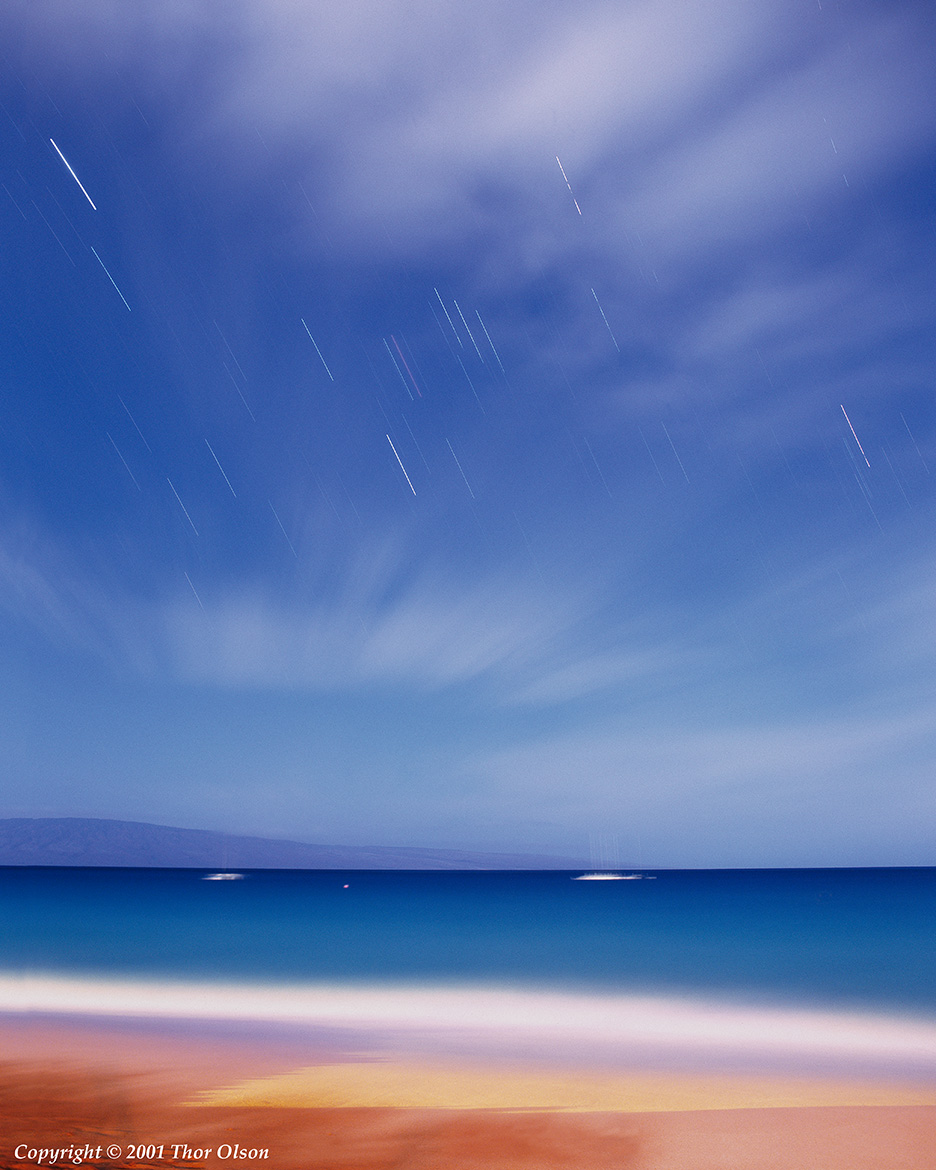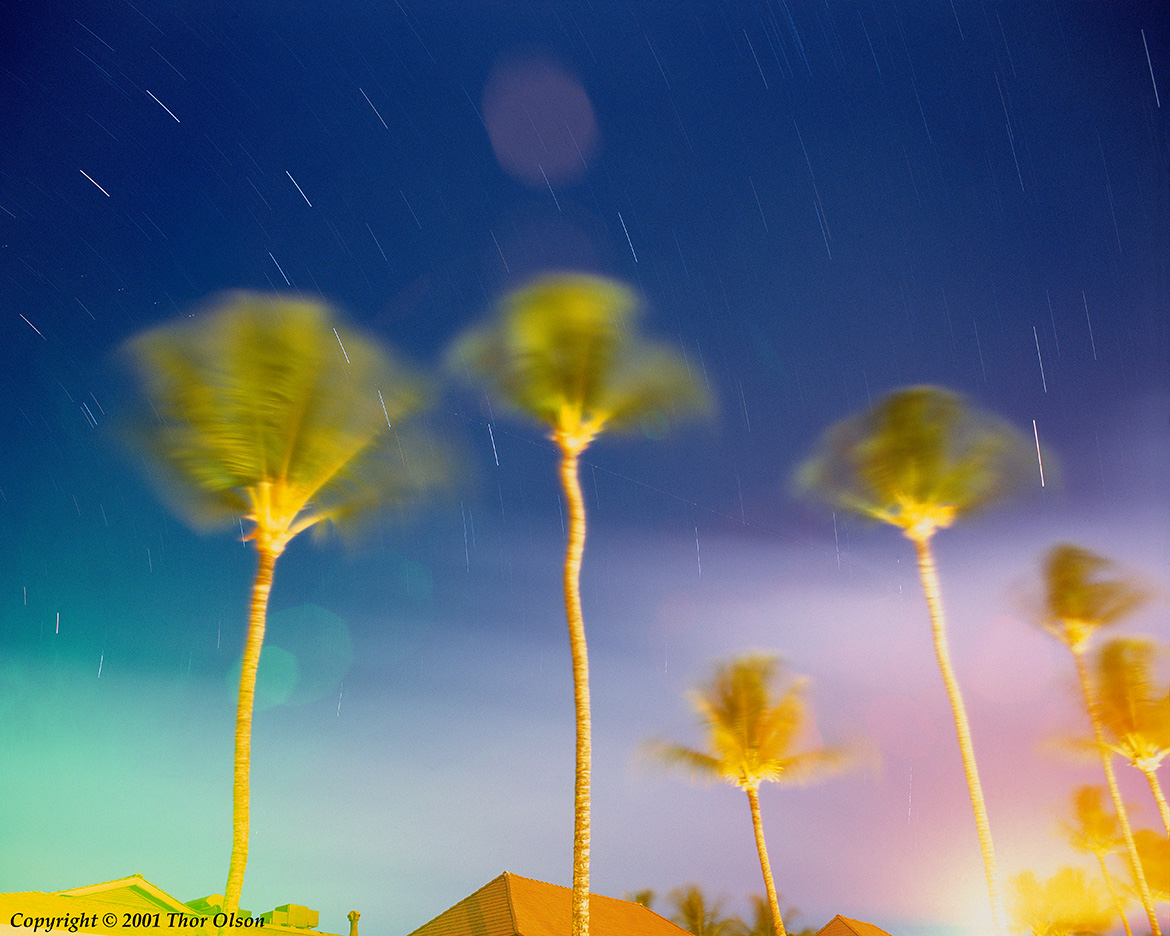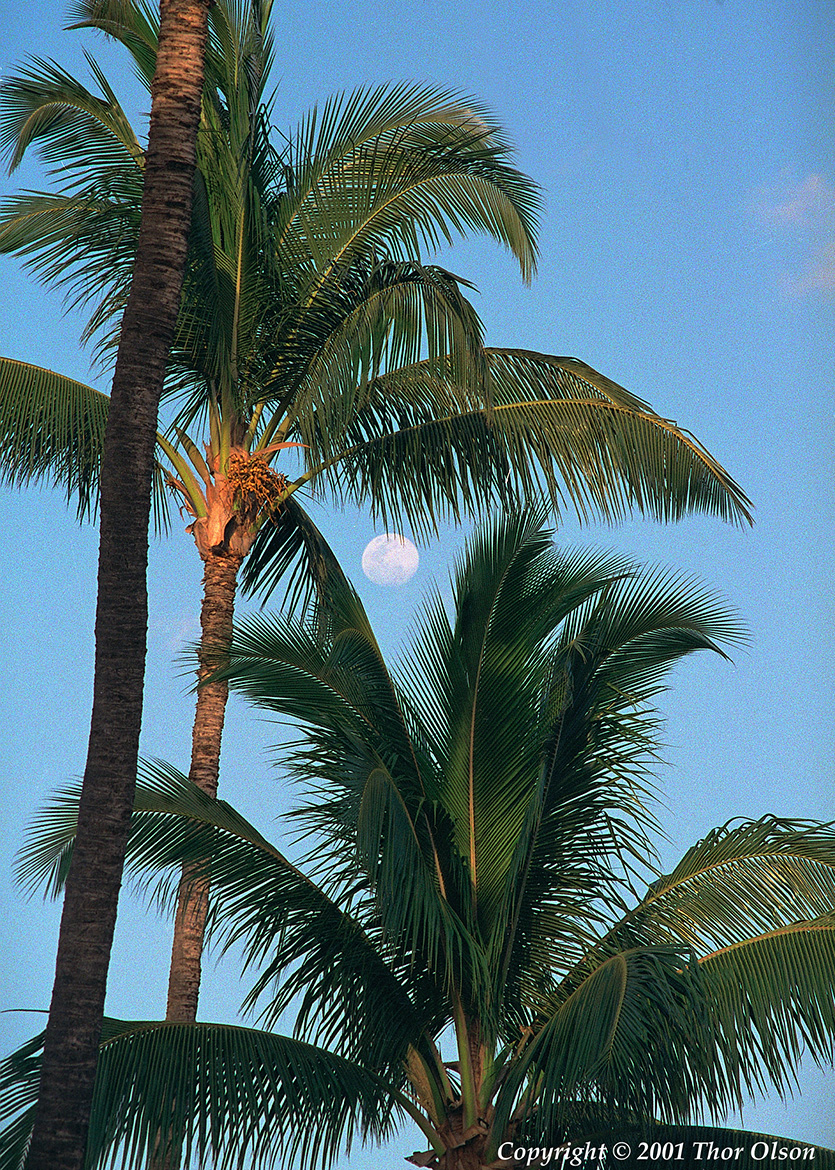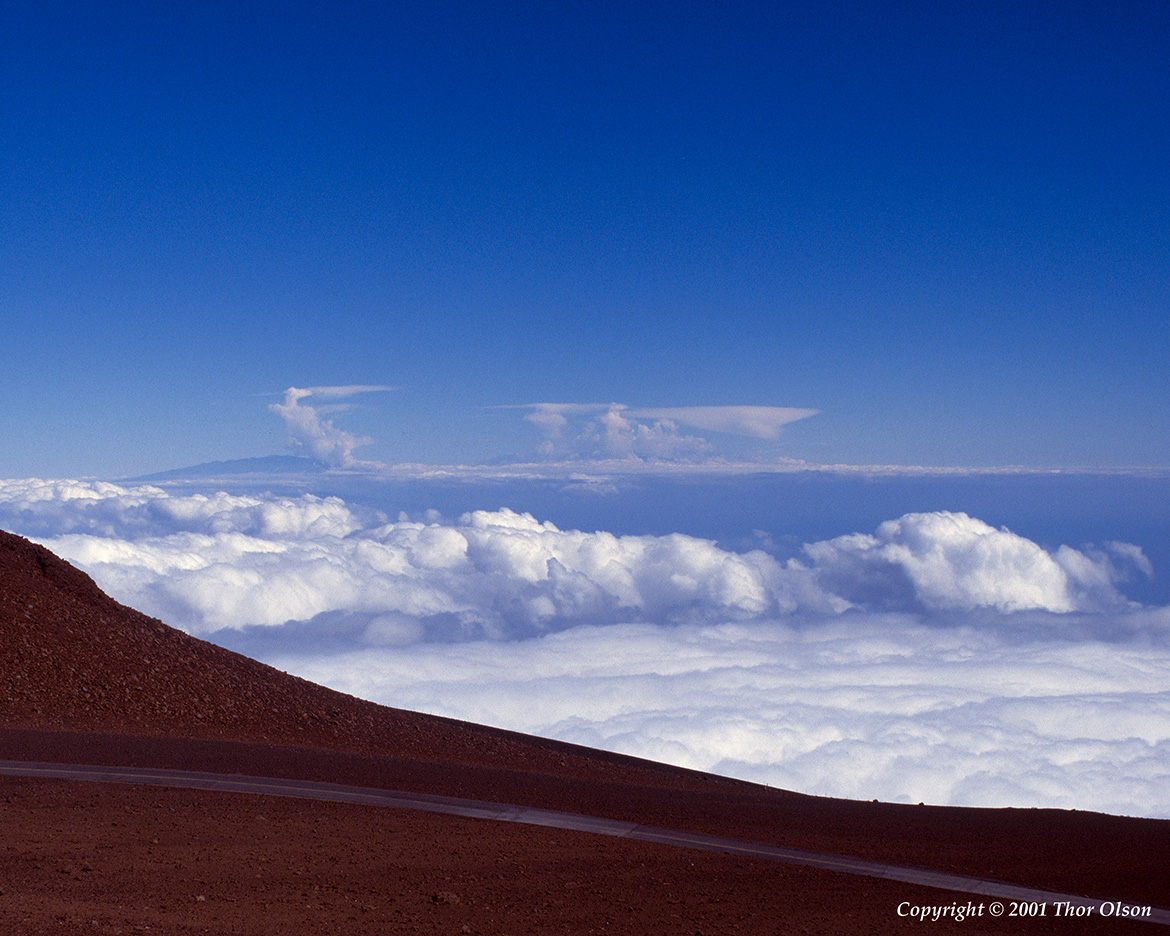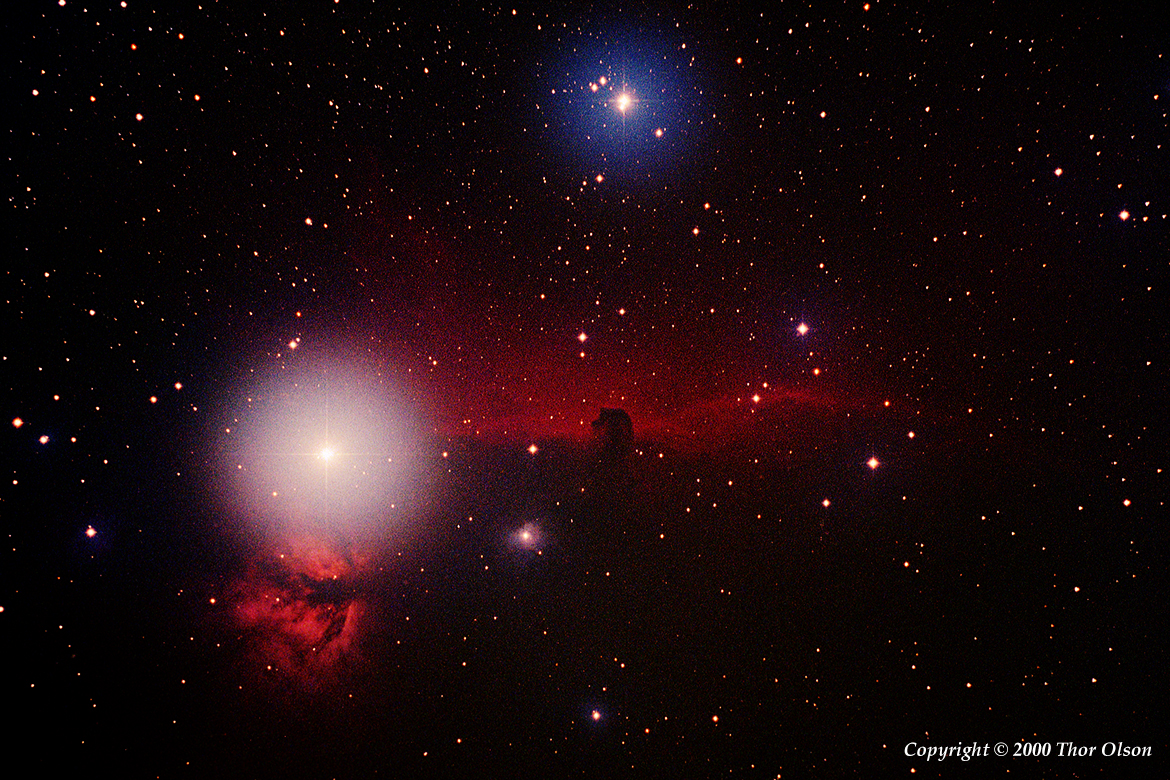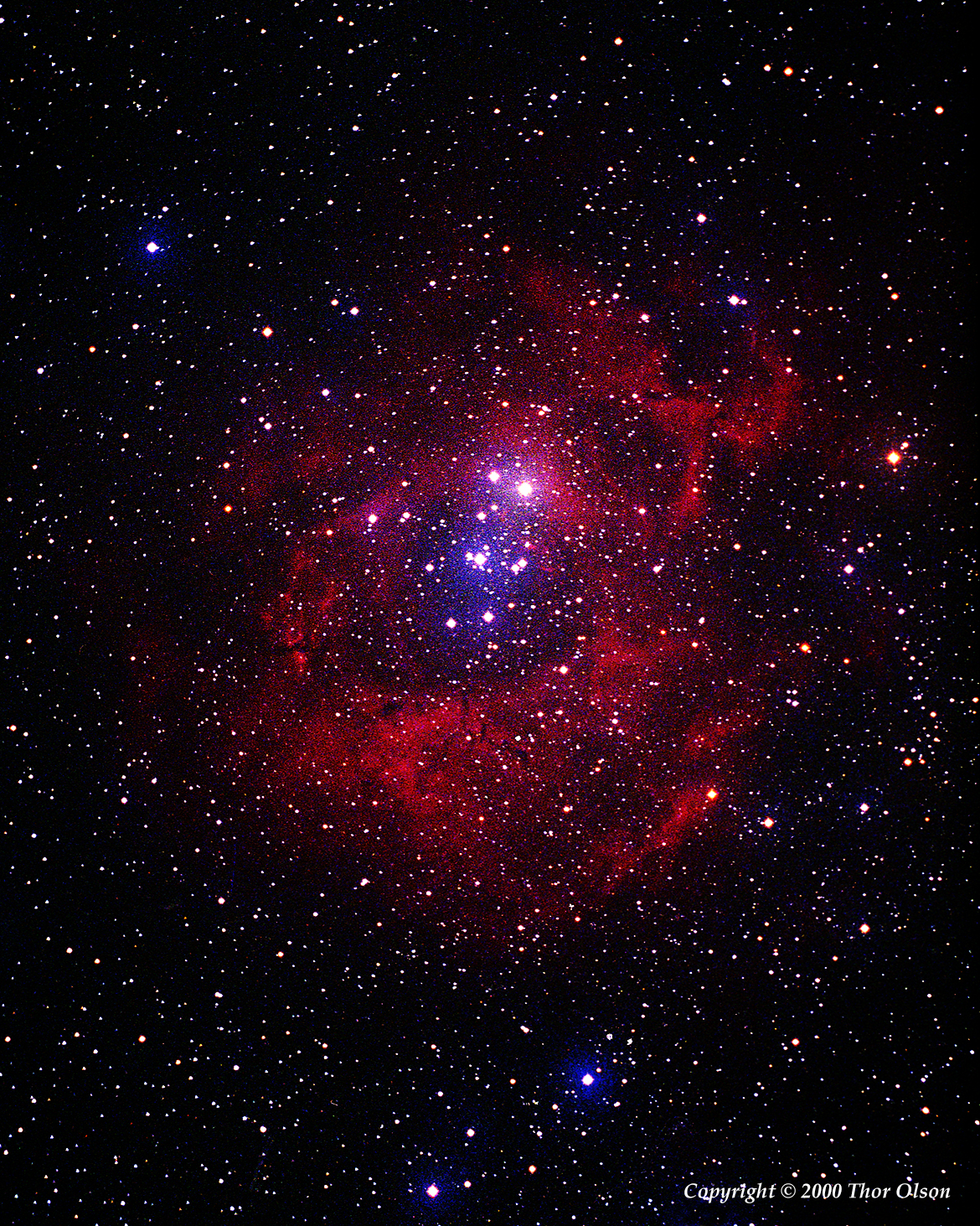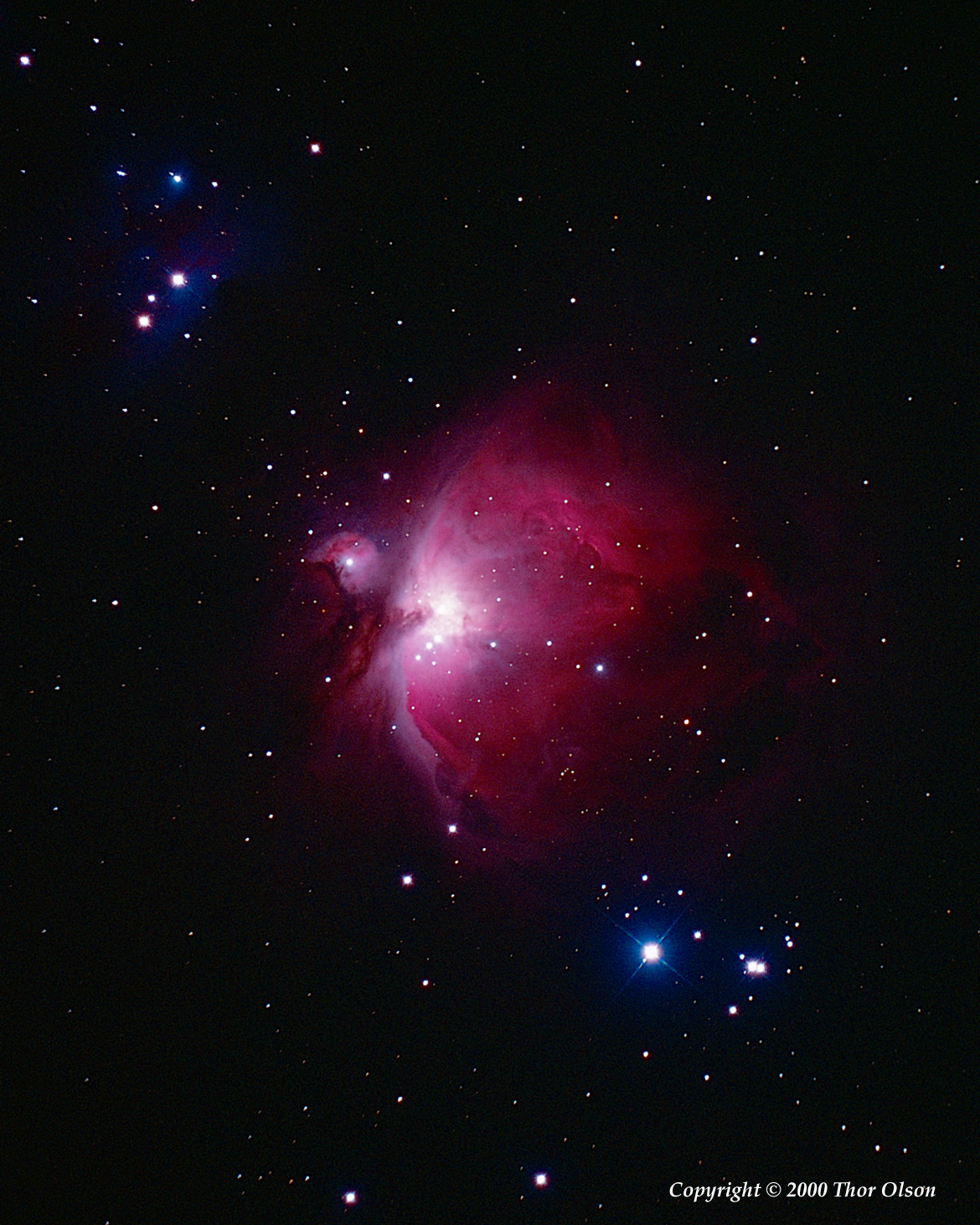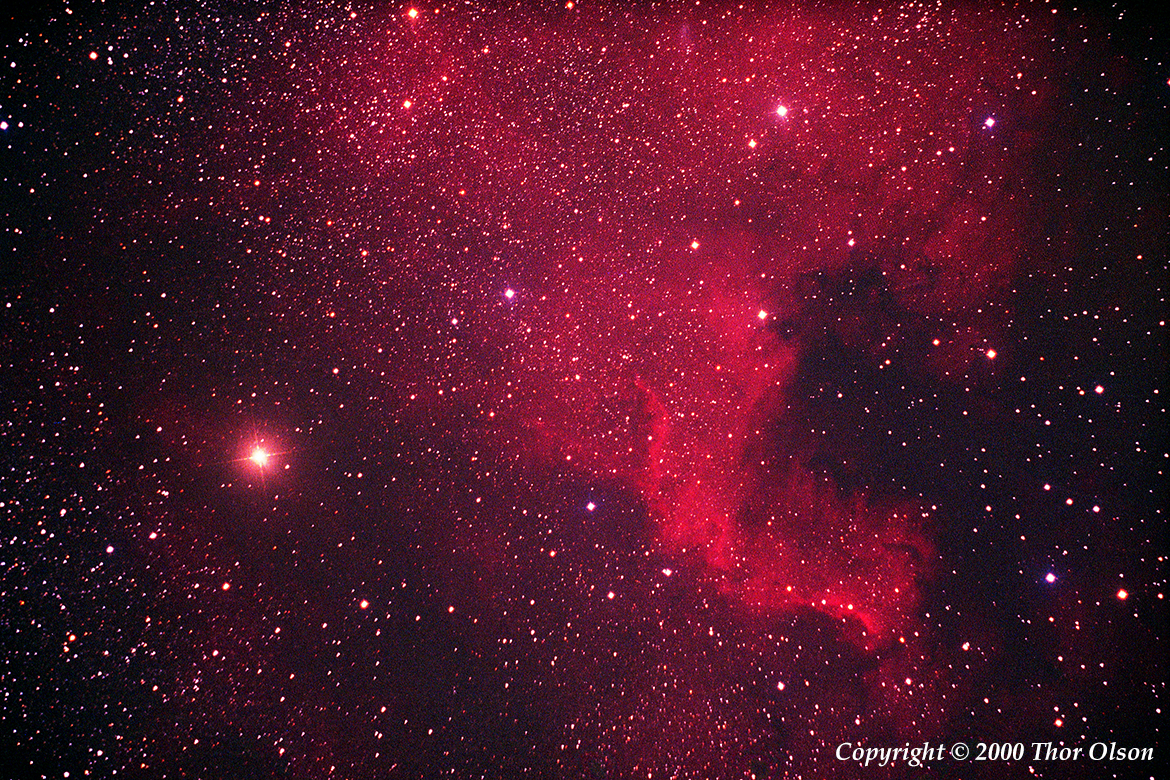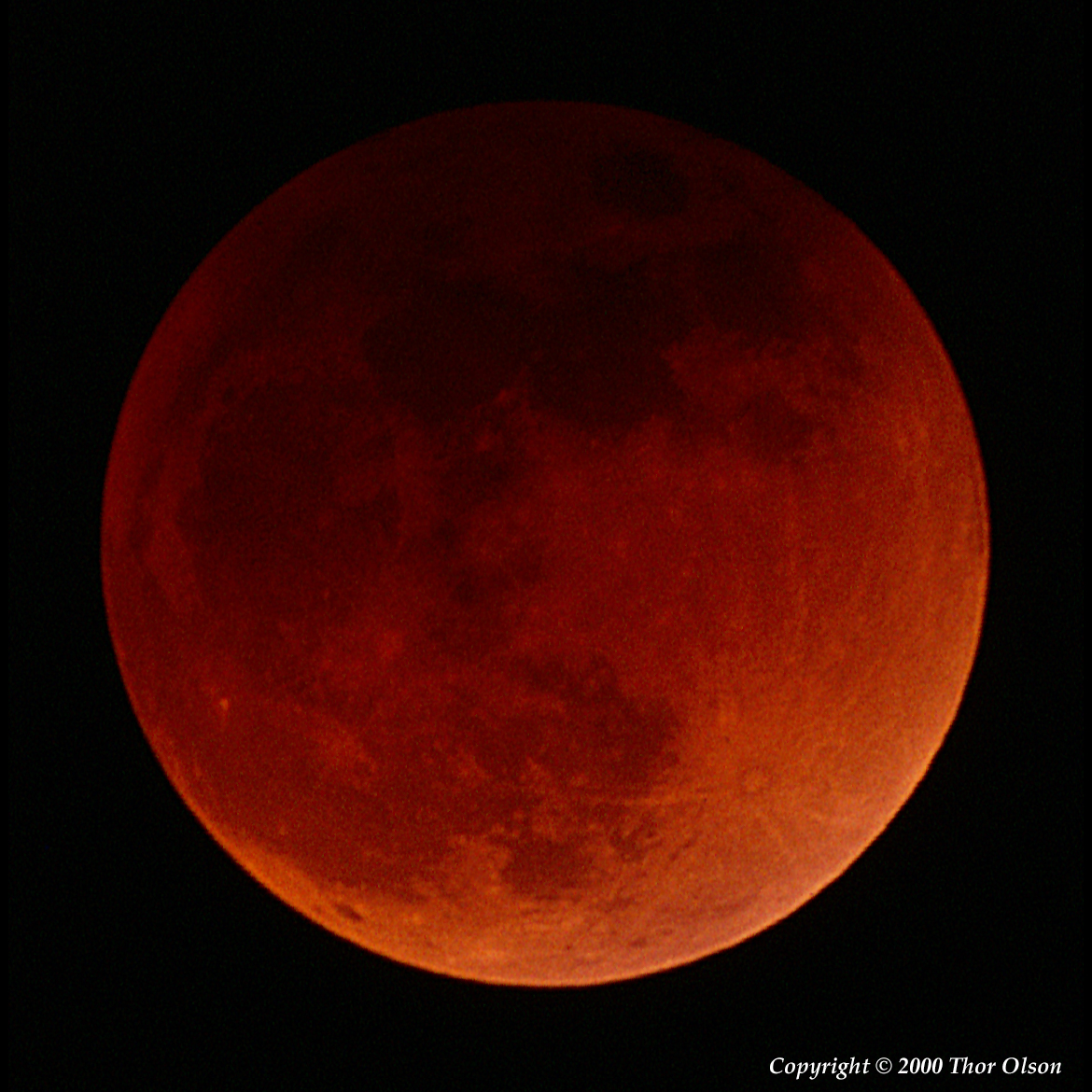3.1 Follow the light, stay for the night
I thought I would have plenty of time. But I had forgotten about Highway 2. On the map it looked like any of the other roads, but U.S. 2 in Montana was different. Since it was the only way to reach Glacier Park, it had to maneuver through the surrounding mix of grasslands, river valleys and mountainous terrain. Sudden curves were sprinkled along the route to accomplish this, many of them blind to oncoming traffic. White crosses marked points where the risks had exceeded a driver’s judgment, making for a spooky drive at night, when my headlights would suddenly expose clusters of crosses at the road’s gully.
This time I was driving during daylight however, and the winding route kept my speed to a lower number than my accustomed average. I had composed another picture in my mind’s viewfinder, and I needed to get to the heart of Glacier Park before dark.
Continue reading
